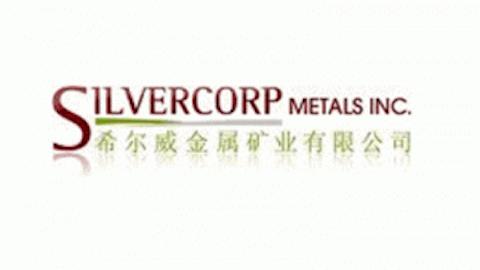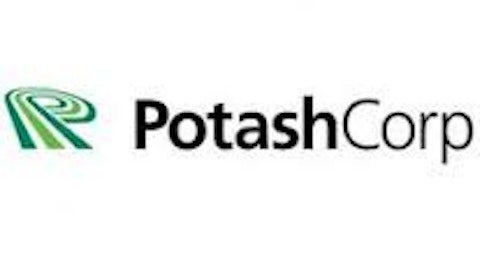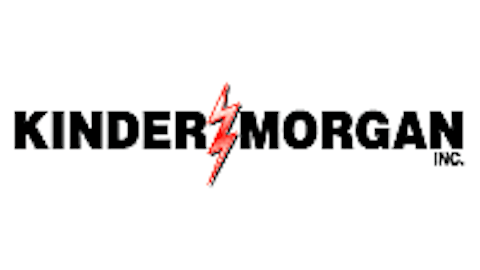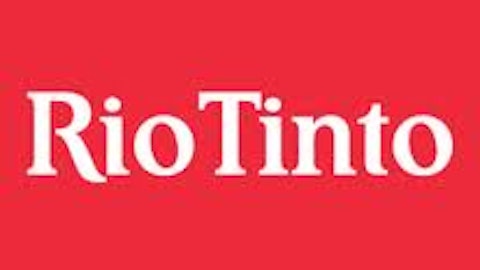In effect, Uralkali appears to be doing the cartel’s bidding, but outside of the framework. At the very least, Uralkali’s move pushes the BHP Billiton Limited (ADR) (NYSE:BHP) mine’s development timeline out, and in a best case (for the industry’s heavyweights), the project ends up shuttered. BHP Billiton Limited (ADR) (NYSE:BHP) management’s stated intention is to proceed with mine development at a “measured” rate. So, yes, Uralkali’s plans will push prices lower. But for the industry, it also preserves relatively attractive, albeit lower, returns on capital—because it discourages new entrants.
But for sake of argument, suppose Uralkali’s isn’t just posturing. They’re serious about leaving BPC. They produce at capacity, and take worldwide market share. In response, I’d wager that Canpotex, the North American cartel, throttles back production to balance the market and loses share. Prices stabilize, as consequence, and remain more or less as before. By my math, Potash Corp’s earnings might decline 5-7% next year. But in the long-run, their earnings power is preserved.
My take: Uralkali’s move amounts to greater parts cage rattling than substance.
The Crop Yield
Taking a long view, I expect that optimized fertilizer application rates; increased consumption of protein, fruits, and vegetables; and growing per capita incomes worldwide will slowly but surely push fertilizer consumption higher. To measure the probable impact, I’ve assumed that worldwide per capita fertilizer application rates, with the exception of Africa, converge on something between 50-65% of North American rates over a 20 year period, amounting to roughly 3% annualized volume growth.
I also expect that, on account of Uralkali’s decision to leave BPC, potash prices will move lower, to $320 per ton, but remain higher than the marginal cost of supply. Despite Moroccan and Saudi producers’ plans to bring additional phosphate supply to market, I expect end-markets to remain relatively balanced, as these players have historically behaved rationally. Last, amid U.S. supply additions, I expect nitrogen-based fertilizer prices to marginally decline. I’ve conservatively valued Potash’s investments in Sociedad Quimica y Minera (ADR) (NYSE:SQM), Arab Potash Company, Sinofert, and Israel Chemicals at current prices, which for Potash, amounts to roughly $6/share.
Add it up, and I peg Potash shares’ worth at $46. That’s tasty.
Risks
Chief among the risks to my investment in Potash are fertilizer prices, which borrow from a number of cues—crop prices, industry production, demand, and peripherally, the economy’s health. Should Uralkali’s move drive fertilizer prices to the marginal cost of production or lower, or BHP plow ahead with investments in its Jansen mine, I might reconsider my investment. Likewise, Potash is exposed to operational risks associated with its mines, including lower than expected potash recoveries, flooding, and accidents. Last, mining, and production of phosphate- and nitrogen-based products, are high fixed cost operations. While I believe it’s unlikely, a material and sustained decline to prices could significantly impair Potash’s cash-generating ability.
Bottom Line
People need to eat. And if I’m right, Potash can feed your portfolio. That’s why I’m buying today.
The article Why I’m Buying Potash Corporation originally appeared on Fool.com and is written by Michael Olsen.
Michael Olsen, CFA has no position in any stocks mentioned. The Motley Fool recommends Sociedad Quimica (NYSE:SQM) y Minera (ADR).
Copyright © 1995 – 2013 The Motley Fool, LLC. All rights reserved. The Motley Fool has a disclosure policy.





